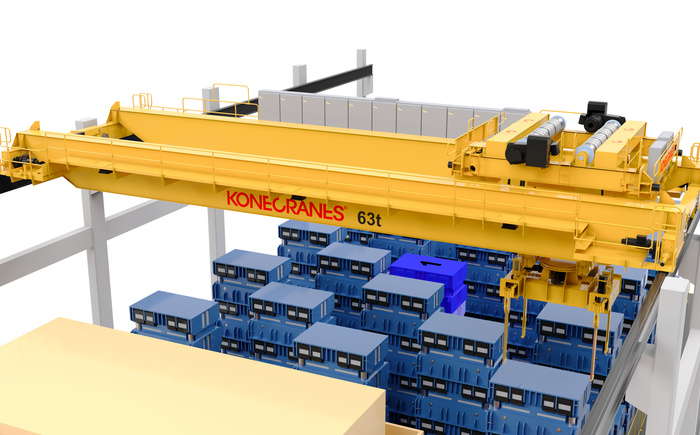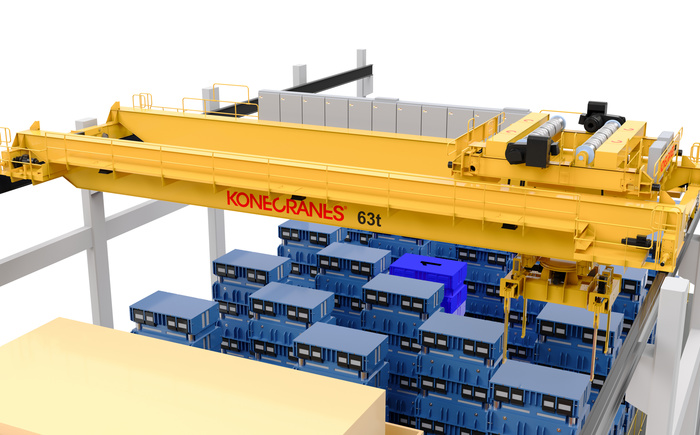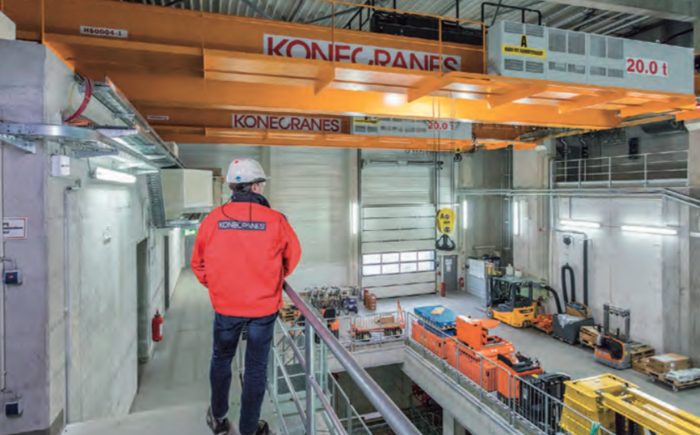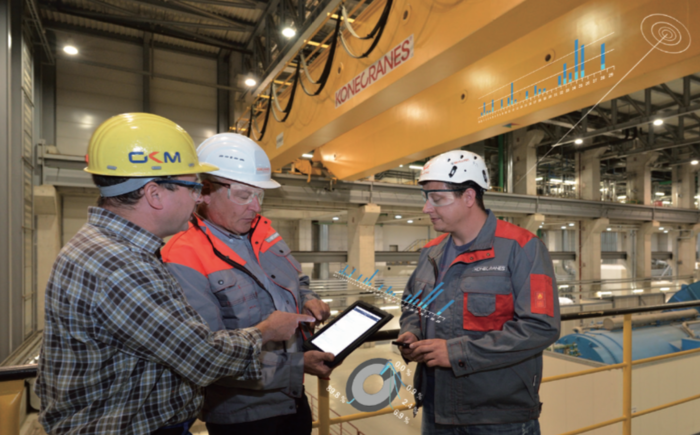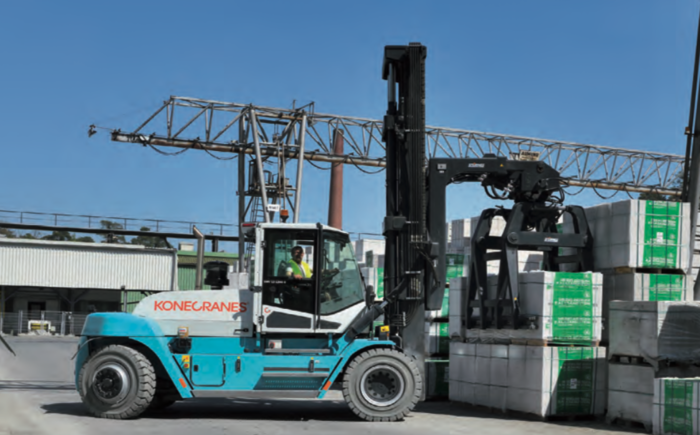Energy and heating plant Riikinvoima in Leppävirta, Finland, chose to automate the entire material flow with Konecranes solutions. The plant’s design calls for two cranes over the waste reception hall to load waste into a shredder. Then, the cranes feed the processed material into the boiler. Either of the cranes can complete the process alone, or work in tandem with the other crane.
This material flow was ideally suited to utilize Konecranes Remote Operating Station (ROS) technology, but this solution had not yet been implemented in a waste-to-energy plant, although Konecranes had routinely supplied it in other industries. Konecranes demonstrated how the ROS allows the crane operator to drive the crane from screens in a control room based on camera views. It is safer than running the cranes from a glass-walled pulpit over the pit, and also allows the operator time to focus on other tasks. A single operator can potentially run both refuse cranes.
Riikinvoima decided to purchase the ROS for their automated cranes. “What we’ve done here is to standardize and package a proven solution specifically for waste-to-energy customers.” says Joseph Botros, Konecranes Director, Head of Waste-to-energy industry. The combination of Konecranes automation with the main user interface (MUI) is also very user-friendly, allowing plant personnel to easily create weekly work orders to manage the pits. Konecranes MUI, together with the ROS, have taken pit management to the next level in the industry. Standard Smart Features like restricted areas, sway control, shock load and slack rope protections have made driving the cranes via camera in ergonomic comfort a reality.
One year into the plant’s operation, Juha Räsänen, Managing Director, Riikinvoima Corp. is enthusiastic about the ROS. “I think it’s very easy to use and our whole staff uses it,” he said. Räsänen goes on to say that a fully automatic crane system and Remote Operating Station has proved to be a perfect combination. “Automatic functions and tools have been useful. The plant’s utilization rate has been very high during the first heating season and not a single malfunction has occurred.”
